My Gal Sal is a 1942 American musical film.
My Gal Sal may also refer to:
- My Gal Sal (aircraft), the nickname of a restored World War II B-17E-BO Flying Fortress
- "My Gal Sal", a 1905 song composed by Paul Dresser, the subject of the 1942 film
My Gal Sal is a 1942 American musical film.
My Gal Sal may also refer to:
The year of 1942 in film involved some significant events, in particular the release of a film consistently rated as one of the greatest of all time, Casablanca.
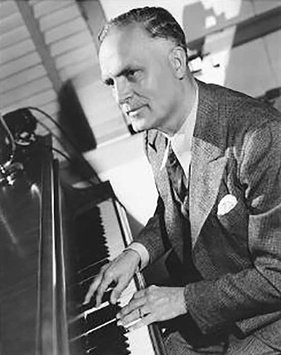
Ralph Rainger was an American composer of popular music principally for films.
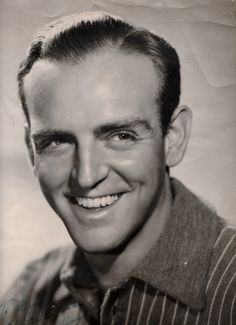
Hermes Pan was an American dancer and choreographer, principally remembered as Fred Astaire's choreographic collaborator on the famous 1930s movie musicals starring Astaire and Ginger Rogers. He worked on nearly two dozen films and TV shows with Astaire. He won both an Oscar and an Emmy for his dance direction.
Cyril John Mockridge was an English film and television composer who scored such films as Cheaper by the Dozen, River of No Return and The Man Who Shot Liberty Valance. He was nominated for an Academy Award for the 1955 film Guys and Dolls with Jay Blackton.

Gal Gadot-Varsano is an Israeli actress and model. She was crowned Miss Israel 2004 and represented her country at the Miss Universe 2004 pageant. She then served in the Israel Defense Forces for two years as a combat fitness instructor, whereafter she began studying at IDC Herzliya while building her modeling and acting careers.
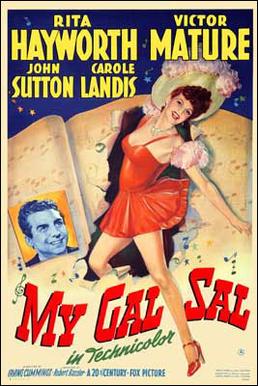
My Gal Sal is a 1942 American musical film distributed by 20th Century Fox and starring Rita Hayworth and Victor Mature. The film is a biopic of 1890s composer and songwriter Paul Dresser and singer Sally Elliot. It was based on a biographical essay, sometimes erroneously referred to as a book, by Dresser's younger brother, novelist Theodore Dreiser. Some of the songs portrayed as Dresser's work were actually written by him, but several were created for the film by the Hollywood songwriting team of Ralph Rainger and Leo Robin.
Thomas Little was a United States set decorator who worked on more than 450 Hollywood movies between 1932 and 1953. He won a total of 6 Oscars for art direction and received 21 nominations in the same category. His credits include The Keys of the Kingdom, The Fan, Belles on Their Toes, What Price Glory?, The Snows of Kilimanjaro, The Pride of St. Louis, and The Day the Earth Stood Still.
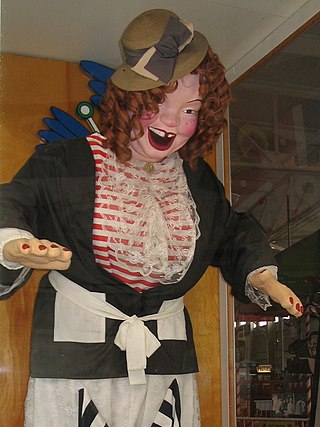
Laffing Sal is one of several animatronic characters that were built primarily to attract carnival and amusement park patrons to funhouses and dark rides throughout the United States. Its movements were accompanied by a raucous laugh that sometimes frightened small children and annoyed adults.

For Me and My Gal is a 1942 American musical film directed by Busby Berkeley, and starring Judy Garland, George Murphy, Martha Eggerth, Ben Blue and Gene Kelly in his film debut. The film was written by Richard Sherman, Fred F. Finklehoffe and Sid Silvers, based on a story by Howard Emmett Rogers inspired by a true story about vaudeville actors Harry Palmer and Jo Hayden, when Palmer was drafted into World War I. The film was a production of the Arthur Freed unit at MGM.
For Me and My Gal can refer to:
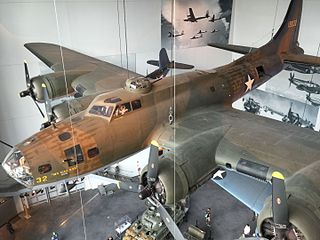
My Gal Sal is a B-17E-BO Flying Fortress whose pilot was forced to land it on the Greenland icecap during World War II. Many years later, it was recovered and returned to the United States to be restored. It is one of only four surviving B-17Es in existence.

Alleen Mae Beller, also known as Sally Starr was a prominent 1950s and 1960s celebrity television personality. Using a cowgirl persona, she appealed to local TV audiences of several generations of children through American radio, Broadway stage, movies and as a recording artist for more than sixty years. Fans remained loyal in the Philadelphia metropolitan area, and embraced her cowgirl personality as part of their own family identity, and sometimes referred to her as "Aunt Sally" or "Our Gal Sal."
Richard Day was a Canadian art director in the film industry. He won seven Academy Awards and was nominated for a further 13 in the category of Best Art Direction. He worked on 265 films between 1923 and 1970. He was born in Victoria, British Columbia, Canada and died in Hollywood, California.
Joseph C. Wright was an American art director. He won two Academy Awards and was nominated for ten more in the category Best Art Direction. He worked on 86 films between 1923 and 1969. He was born in Chicago, Illinois and died in Oceanside, California.
"For Me and My Gal" is a 1917 popular standard song by George W. Meyer with lyrics by Edgar Leslie and E. Ray Goetz. Popular recordings of the song in 1917 were by Van and Schenck; Prince's Orchestra; Henry Burr and Albert Campbell; and by Billy Murray.
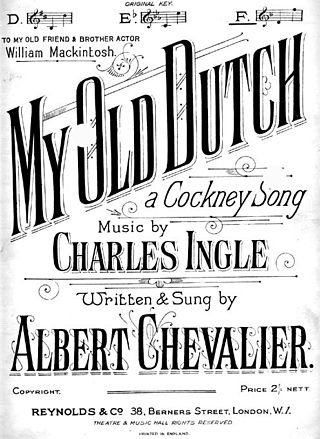
"My Old Dutch" is an 1892 music hall and vaudeville song performed by Albert Chevalier. The lyrics were written by Chevalier, with music composed by his brother Auguste under the name Charles Ingle. Described as one of Chevalier's most popular works, the song was possibly written as a tribute to Chevalier's wife Florrie.
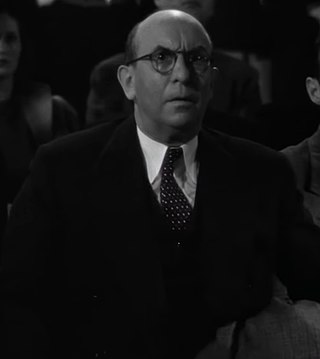
Andrew Tombes was an American comedian and character actor.
Gay White Way may refer to:
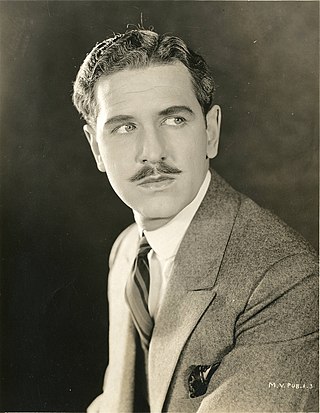
John Roche was an American actor of the stage and screen.
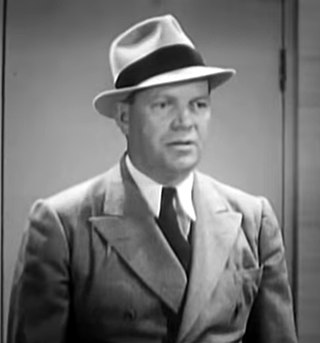
John F. Kelly was an American actor whose career spanned the very end of the silent film era through the 1940s. While most of his parts were smaller, often-uncredited roles, he was occasionally given a more substantial supporting or even featured role.